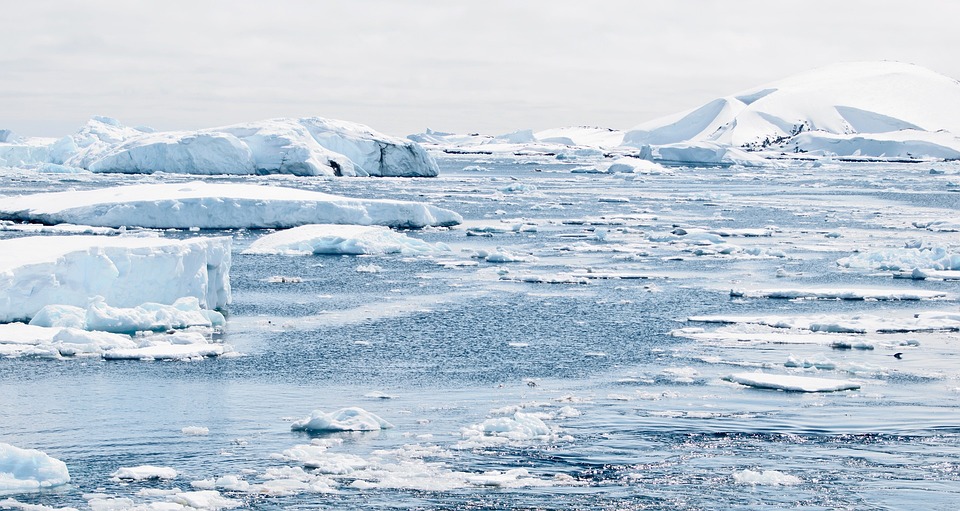Understanding Global Warming: Facts vs. Myths
Global warming has become a central topic in discussions about climate change, affecting ecosystems, economies, and communities worldwide. It is crucial to differentiate between facts and myths surrounding this issue to foster informed conversations and effective action.
1. Statement 1: Global Warming Is Caused by Human Activities
True: Global warming is primarily driven by human activities.
The Intergovernmental Panel on Climate Change (IPCC) identifies the release of greenhouse gases (GHGs) such as carbon dioxide (CO₂), methane (CH₄), and nitrous oxide (N₂O) from human activities—including fossil fuel combustion, deforestation, and industrial processes—as the main contributors to recent global warming.
– Supporting Evidence:
– Atmospheric CO₂ levels have risen from approximately 280 parts per million (ppm) before industrialization to over 400 ppm today, directly correlating with industrial activities[1][2].
2. Statement 2: Global Warming and Climate Change Are the Same Thing
False: While related, global warming and climate change are not synonymous.
– Explanation of the Differences:
– Global warming specifically refers to the increase in Earth’s average temperature due to heightened GHG concentrations.
– Climate change encompasses a broader range of changes, including shifts in weather patterns, precipitation variations, and increased frequency of extreme weather events[3][4].
3. Statement 3: Global Warming Will Only Cause Temperature Increases
False: Global warming leads to various impacts beyond just rising temperatures.
– Broader Impacts:
– Increased extreme weather events such as heatwaves, droughts, heavy rainfall, and hurricanes are direct consequences of global warming.
– Melting ice caps contribute to rising sea levels, threatening coastal regions and ecosystems[2][3].
4. Statement 4: There Is No Scientific Consensus on Global Warming
False: There is overwhelming scientific consensus that global warming is real and primarily caused by human activities.
– Debunking Common Myths:
– Studies indicate that about 97% of climate scientists agree on human-induced global warming based on extensive peer-reviewed research[1][5].
– Major organizations like NASA and the IPCC support this consensus, emphasizing that current warming trends are unprecedented compared to natural climate cycles[4][6].
5. Statement 5: Global Warming Is Irreversible
False: While the effects are serious, there is still time to mitigate global warming’s impacts through proactive measures.
– Hope for the Future:
– Transitioning to renewable energy sources, reducing deforestation, and implementing sustainable practices can significantly lower GHG emissions.
– Initiatives like carbon capture technologies and international agreements (e.g., the Paris Agreement) aim to address and potentially reverse some effects of global warming[3][4].
6. Statement 6: Natural Factors Like Volcanoes and Solar Activity Are the Main Drivers of Global Warming
False: Natural factors play a role but are not the primary drivers of current global warming.
– Human Activities vs. Natural Causes:
– While volcanic eruptions can release CO₂, their contribution is minimal compared to human emissions.
– Changes in solar activity cannot account for the rapid temperature increases observed over recent decades; instead, human emissions are the dominant factor driving long-term trends in global temperatures[2][6].
FAQs
– Is global warming the same as climate change?
No, global warming refers specifically to rising temperatures, while climate change includes broader changes in weather patterns and extreme events.
– What is causing global warming?
The primary cause is increased GHG concentrations due to human activities like fossil fuel burning and deforestation.
– Can global warming be stopped?
While some effects are already occurring, global efforts can still mitigate its impacts through emission reductions.
– Is there scientific agreement on global warming?
Yes, a significant majority of climate scientists agree that global warming is real and primarily caused by human activity.
– How does global warming affect weather patterns?
It leads to more extreme weather events such as heatwaves, stronger hurricanes, droughts, and heavy rainfall.
Conclusion
In summary, it is essential to recognize that global warming is largely human-induced and has serious implications for our planet’s future. While challenges exist, there are actionable steps we can take to mitigate its effects. Staying informed and combating misinformation about global warming will empower individuals and communities to support effective policies aimed at reducing emissions and protecting our environment.

Kyle Whyte is a notable scholar and professor at the University of Michigan, holding positions such as the George Willis Pack Professor in the School for Environment and Sustainability and Professor of Philosophy. Specializing in environmental justice, his work critically examines climate policy and Indigenous peoples’ ethics, emphasizing the nexus between cooperative scientific endeavors and Indigenous justice. As an enrolled Citizen Potawatomi Nation member, he brings a vital perspective to his roles as a U.S. Science Envoy and member of the White House Environmental Justice Advisory Council. His influential research is supported by various prestigious organizations including the National Science Foundation, and disseminated through publications in high-impact journals. Kyle actively contributes to global Indigenous research methodologies and education, with affiliations to numerous institutes and societies dedicated to traditional knowledge and sustainability. Recognized for his academic and community engagement, Kyle has earned multiple awards and served in various visiting professorships. His efforts extend to leadership positions on boards and committees focused on environmental justice nationwide.
